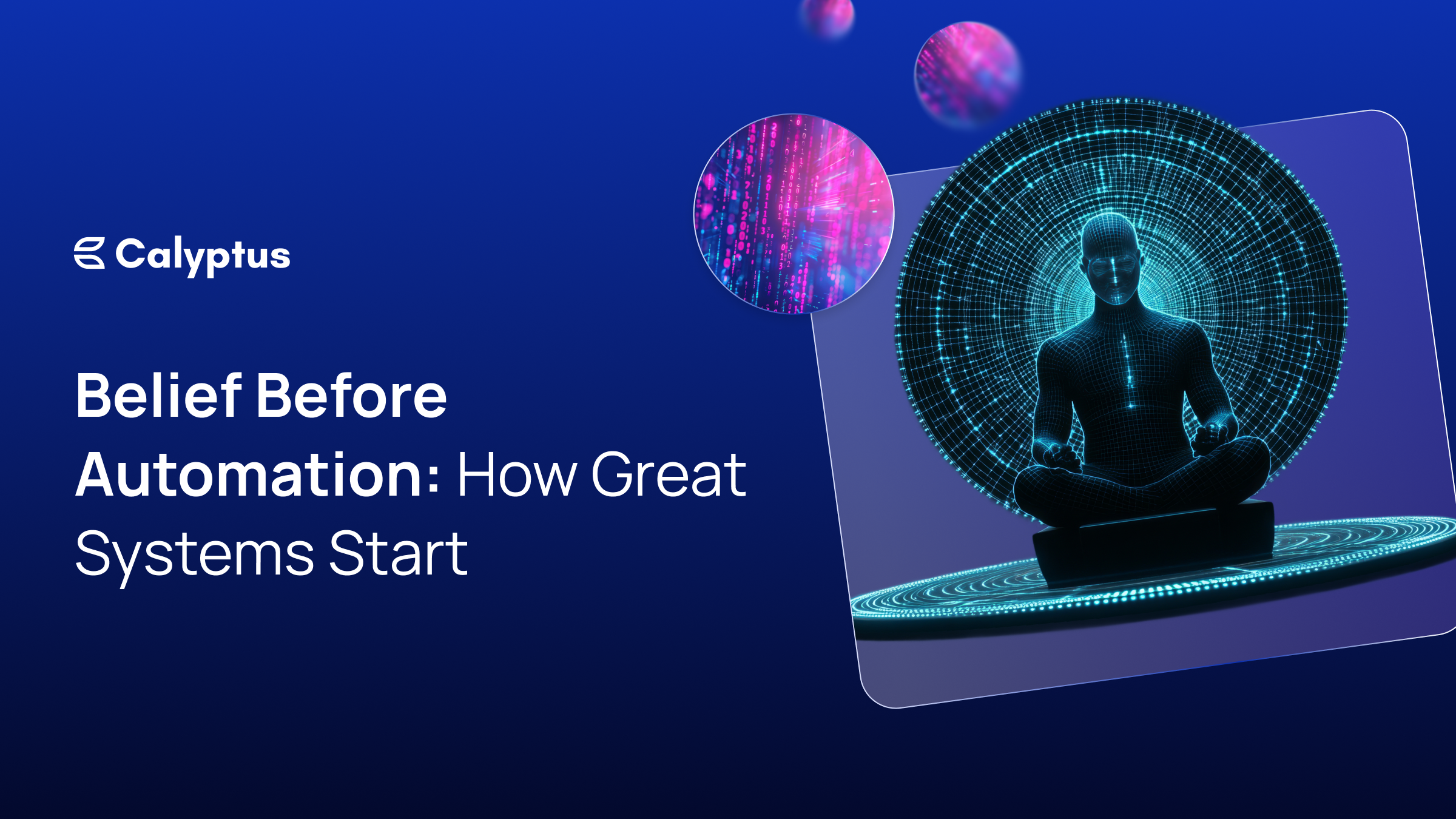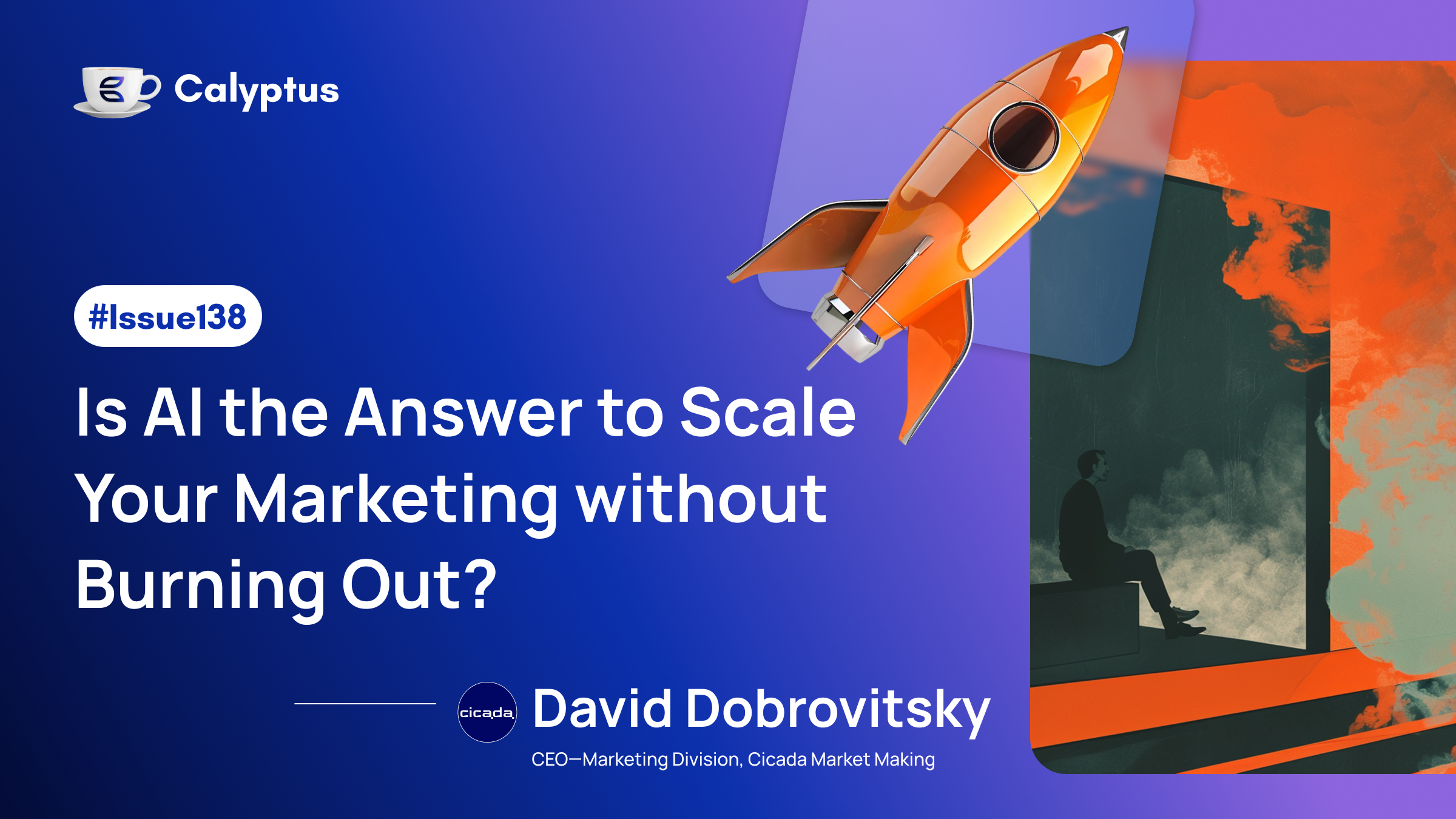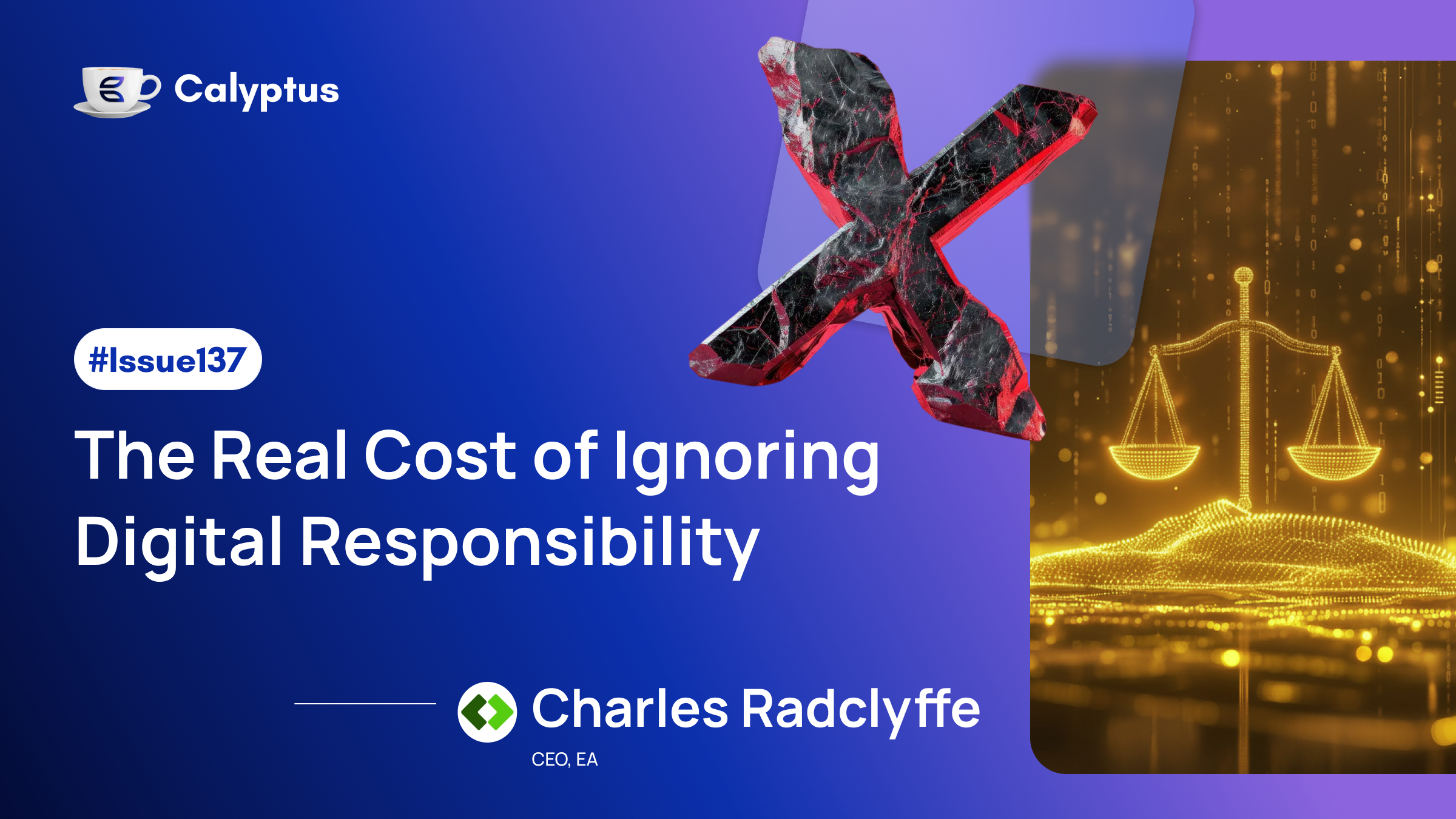It’s tempting to believe that systems and tools will solve dysfunction. Throw in an AI recommendation engine, implement rigid approval workflows suddenly everything runs smoothly, right? Not quite. If the tool operates according to undefined or inconsistent values, you amplify mistakes at speed. The tool becomes a megaphone for weak judgments.
Imagine your finance team installs an AI forecasting model. If no one has established what “acceptable risk” is, the model will generate wildly different results depending on data quirks. Without the belief that “we prioritize long-term stability over short-term gain,” the system may recommend high-variance bets that feel opportunistic but carry hidden fragility.
Belief Before Process
Belief is not fluffy; it's the foundation. A belief is a clear, high-level truth you’re willing to defend when things go sideways. For example:
- “We should optimize for resilience, not maximum growth.”
- “Fairness in decision-making matters more than speed.”
- “Integrity of data matters more than clever hacks.”
Once you choose that belief, every decision, tool, or workflow should be measured against it. It becomes your internal compass.
Pick one belief. Make it explicit. Then, when someone proposes a new AI tool or an internal system, ask: Does this serve our belief? If not, scrap it or refine it.
Scaling Systems Doesn’t Scale Judgment
Here’s the danger: systems tend to outpace judgment. In the beginning, humans make calls case by case. Over time, you wrap those calls into rules, workflows, AI models, dashboards. But without a belief system, you risk locking in poorly justified decisions.
A well-constructed internal system acts as a filter for new decisions, but it doesn’t (and shouldn’t) replace human judgment entirely. It should guide, constrain, and escalate. When a tool surfaces an edge case, human judgment (rooted in belief) must intervene.
If your belief is “we err on the side of user trust,” then when your AI tool proposes a recommendation that might erode trust, the system must pause it or flag it for review.
How to Begin With Belief in Mind
Here’s a simple three-step process to build systems anchored in belief:
- Define your core belief (or beliefs). Use clear, strong language. These should not be bland platitudes but choices you can defend under pressure.
- Build decision criteria from belief. Translate belief into measurable criteria. If your belief is “resilience first,” your criteria might include “redundancy,” “graceful failure,” “pause on unexpected inputs.”
- Embed the belief into tool selection and workflows. When evaluating an AI tool or designing a workflow, compare it against your criteria. If it fails, you either tune it, reject it, or build an exception path that escalates to human review.
Over time, your belief becomes baked into your internal systems. Engineers, analysts, product owners all speak the same language. Tools may change, but the anchor stays steady.
A Belief-Anchored AI Tool Example
Suppose your belief is “avoid black-box decisioning when human explainability is required.” You need to choose an AI tool for candidate screening. Rather than pick the flashiest model, you select one that produces interpretable scores and human-readable explanations.
When the tool ranks candidates, the internal system demands that any recommendation with a confidence below a threshold must route to human judgment, along with the explanation. This put your belief first, not the convenience of automation.
Common Objections and Pushbacks
- “But we need speed. We can’t stop and debate belief for every decision.”
True, but once belief is defined and translated into criteria, most decisions become mechanical. Debates happen up front, not every day. - “Beliefs are too abstract to operationalize.”
Only if you leave them abstract. Your job is to translate belief into metrics and rules. The belief itself doesn’t change; the ways you enforce it evolve. - “We’ll learn what ‘good’ means by trial and error.”
That’s acceptable early on. But at some point, you must pause, reflect, and state your belief explicitly or systems will ossify random past decisions.
Final Thoughts
Before investing in slick dashboards, before layering AI tools into your stack, invest time in defining your belief. Decide what “good” means for you. Then all your tools, workflows, escalation paths, and exception handling should bend toward that belief.
Every great system starts not with the cleverest algorithm or the most rigid process, it starts with one clear belief held by someone who dares to defend it. That belief becomes the gravitas behind your systems, the north star when things go dark, and the filter by which every new tool is judged.
Sources
- Sculley et al. (2015). “Hidden Technical Debt in Machine Learning Systems.”
Google Research paper — available at:
🔗 https://research.google/pubs/pub43146/ - Ralph D. Stacey (1996). Complexity and Creativity in Organizations.
Jossey-Bass Publishers — overview via ResearchGate:
🔗 https://www.researchgate.net/publication/232482481_Complexity_and_Creativity_in_Organizations




